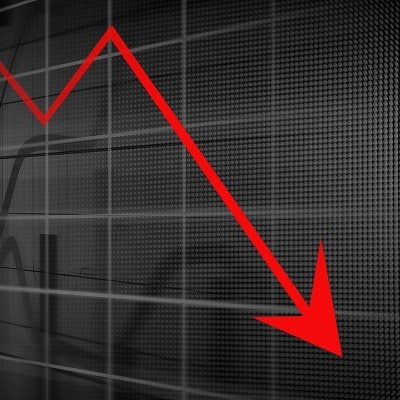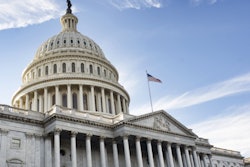
Medicare physician services spending for imaging fell 16% in 2020, from an expected $5.6 billion to an actual $4.7 billion -- a loss of $890 million, according to a report released December 2 by the American Medical Association (AMA).
Interventional radiology spending also dropped, from an expected $544 million to $523 million (-4%), as did radiation oncology, from $1.9 billion to $1.7 billion (-8%). Overall, the drop in Medicare physician services spending last year was $13.9 billion (-14%), the AMA said.
The association attributed the spending decreases in part to changes caused by the COVID-19 pandemic -- and which could spell trouble for physicians, especially in light of coming reimbursement cuts, association president Dr. Gerald Harmon said in a statement.
"Physicians experienced a significant and sustained drop in Medicare revenue during the first 10 months of the pandemic," he said. "Medical practices that have not buckled under financial strain continue to be stretched clinically, emotionally, and fiscally as the pandemic persists. Yet physicians face an array of planned cuts that would reduce Medicare physician payments by nearly 10% for 2022. As struggling physician practices face a difficult and precarious road to recovery, now is the time for financial stability in Medicare and the AMA is strongly urging Congress to avert the planned payment cuts."
Called "Impacts of the COVID-19 Pandemic on 2020 Medicare Physicians Spending," the report also revealed the following:
- Imaging, procedures, and test spending fell as much as 65% to 70% below expected levels.
- Diagnostic radiology spending fell by 16%, while interventional radiology spending fell by 4%.
- Spending for all major sites of service did rebound in the second half of 2020 but continued to be 4% to 15% below expected.
- Reductions in cumulative spending varied among specialties, from 4% for nephrologists to 28% for physical therapists.
- Reductions in cumulative spending varied across states and regions, ranging from a 9% decline in Idaho, Oklahoma, and South Carolina to a 22% drop in Minnesota.
"The new report ... [sheds light] into the precarious trends and realities that physicians face as they continue to respond to the COVID-19 pandemic," the AMA concluded.



















